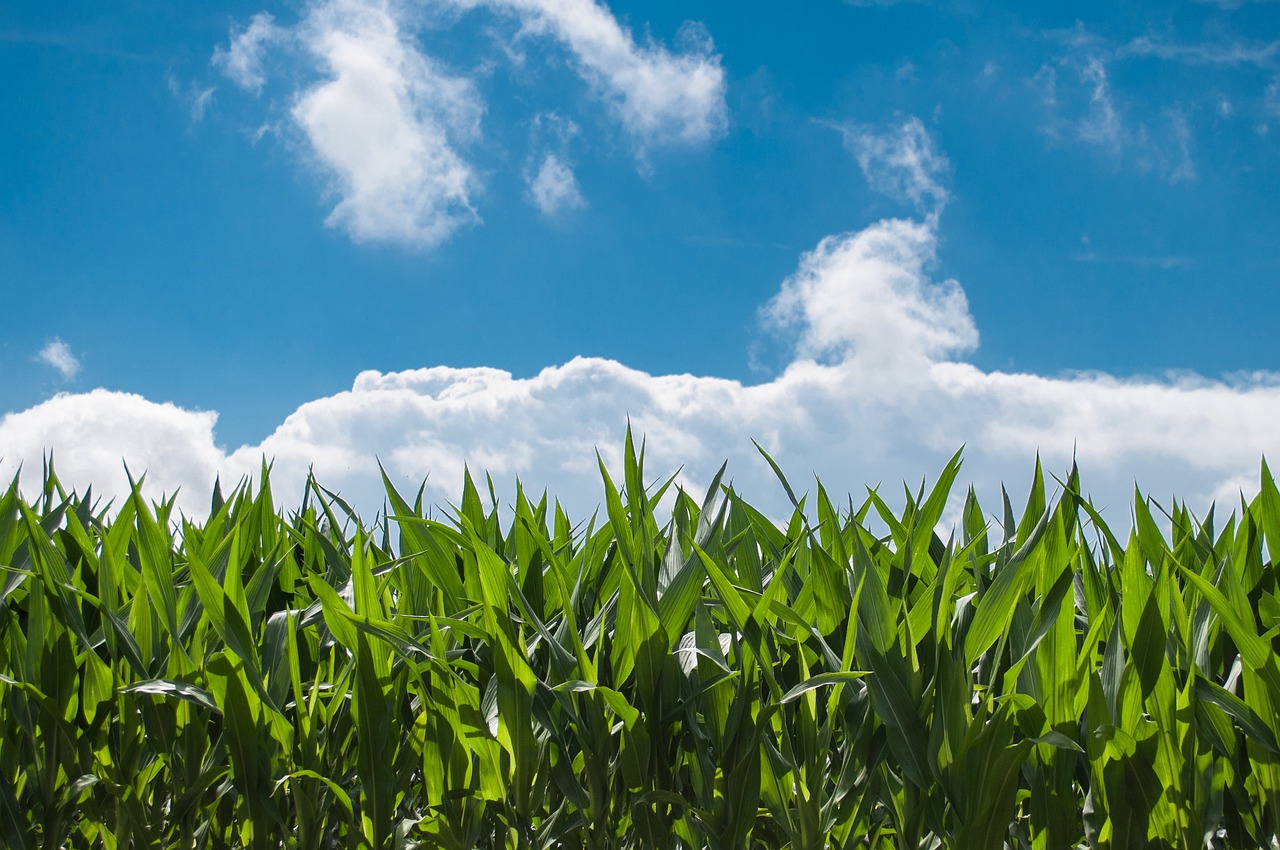
SURE+ 5th Interdisciplinary Workshop
由
334 334 people viewed this event.
Time: 11.00 – 12.00pm, October 27, 2020 [Local Amsterdam Time]
Location: Virtual Online [Microsoft teams]
Program:
| Time | Title |
| 11.00 – 11.15 | Managing livestock production to reduce river export of nutrients to Baiyangdian lakePresenter: Jing Yang (Center for Agricultural Resources Research, Chinese Academy of Science, Shijiazhuang) Abstract:Baiyangdian lake is an important water source in the HaiHe basin. Livestock production results in direct discharges of manure to rivers. This causes nutrient pollution in rivers draining into the lake. Xiongan is a new urban area that may increase nutrients to the lake and compete with livestock production for land. The main research objective is to explore options to reduce nutrient losses from livestock production to Baiyangdian lake from 2012 to 2050 taking into account urbanization. We apply the MARINA-Lakes (Model to Assess River Inputs of Nutrients to lAkes) model for scenarios. We develop four scenarios for livestock production under the socio-economic development and urbanization trends for the year 2050. Our baseline scenario (BL) assumes intensified crop and livestock production to meet food demand. RLP, RMP and ONM are alternative scenarios to BL and assume the implementation of the Restrict Livestock Policy (RLP), Recycling Manure Policy (RMP) and Optimistic Nutrient Management (ONM) for the sub-basins draining into Baiyangdian lake, respectively. River export of nutrients is project to almost double between 2012 and 2050 in BL. In RLP, river export of nutrients may remain greater than in 2012, but by 8-21% lower than in BL. In RMP, river export of most nutrients is projected to decrease by 40% in 2050 compared to 2012. In ONM, river export of all nutrients is projected to decrease by a factor of 2-3 between 2012 and 2050. In this scenario, the available animal manure from livestock production is reallocated in such a way to avoid excess of manure in cropland and direct discharges of manure to rivers. Baigouhe and Xiaoyihe sub-basins are projected to export dominant amounts of nutrients to Baiyangdian. The dominant contribution of sources to river export of nutrients shifts from direct manure discharges in BL and RLP to human waste in the RMP and ONM scenarios. Our study shows the importance of improving manure management under urbanization trends to reduce future lake pollution. |
| 11.15 – 11.30 | General Question and Answer |
| Continue to page 2 Time Title | |
| 11.30 – 11.45 | Replacing synthetic fertilizer by manure requires adjusted technology and incentives Presenter: Tao Zhang (College of Resources and Environmental Sciences, China Agricultural University)Abstract:Improved recycling of animal manure may contribute to reduce synthetic fertilizer use in cropland, thereby to mitigate environmental and human health threats. However, the potential impacts of such strategies are not well-quantified, and the socio-economic-cultural barriers are not well-understood, which limit the effectiveness of policy measures, especially in rapidly developing countries. We used a combination of scenario analyses and a farm survey among 1500 farmers across China to explore the impacts of replacing fertilizer by manure and to assess the existence of possible technical, socio-economic, cultural barriers. We estimated the use of nitrogen fertilizer may be reduced by 3 to 32%, via increased manure recycling from 30% in 2015 to 34 to 70% in 2050, depending on fertilization measures and cropping system. However, only 55% of the interviewed farmers actually used manures. Eight out of 38 factors were evaluated as key barriers to manure use, which involved in the perceived high economic costs of manure use, lack of suitable application technology, and unknown manure quality and availability. Cereal farmers perceived greater barriers than cash crop growers. Several key actions have to be prioritized to achieve the high reduction in fertilizer use. There is need for a transparent manure exchange market, with manure-use advisors, accurate information on the composition and price of manure products, middle man for transporting manure from specialized livestock farms and distant crop farms, and contractors with manure application machinery. This requires specific policy incentives and outreach and control strategies. |
| 11.45 – 12.00 | General Question and Answer |
For future presentation, please contact Fan Li (fan.li@wur.nl) and Mengru Wang (Mengru.wang@wur.nl).
To access the virtual meeting, please click the following links:
